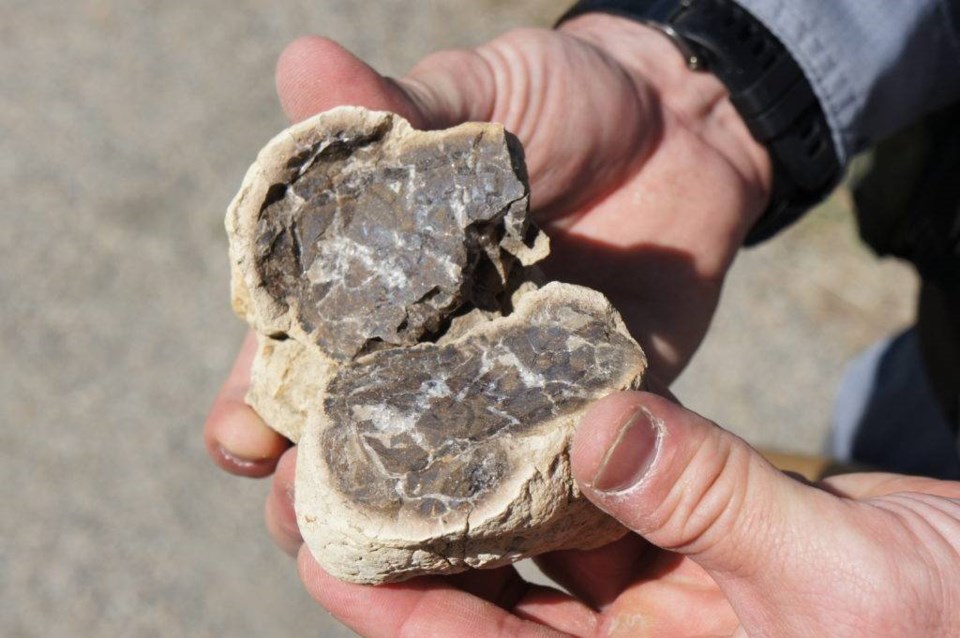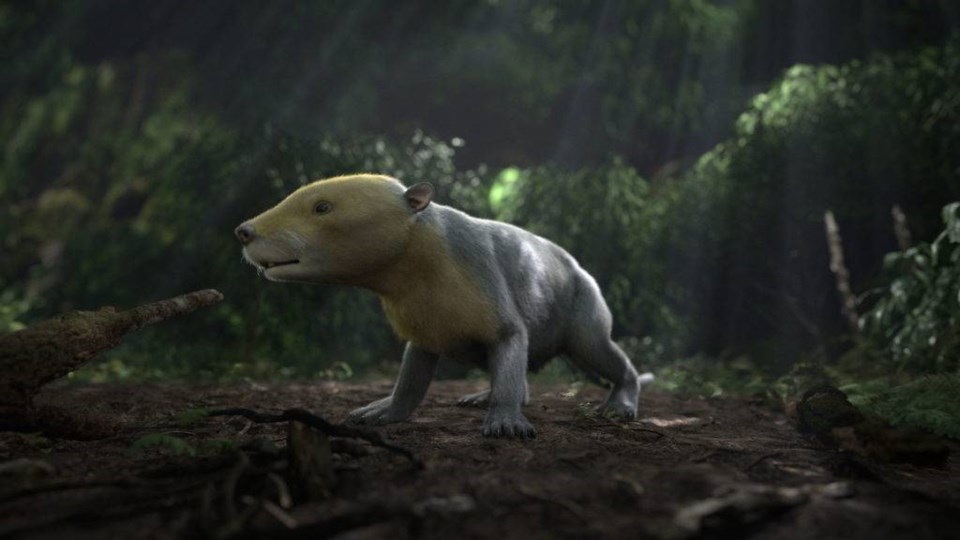Stephen Chester, an assistant professor and paleontologist from Brooklyn College and CUNY Graduate Center, is part of a team of paleontologists-- and the only New Yorker-- to make a groundbreaking fossil discovery around how earth gave rise to mammals, following the extinction of dinosaurs.
The discovery reveals in striking detail how life recovered after the asteroid impact wiped out the dinosaurs 66 million years ago and then sprung the door open for mammals—and eventually humans—to emerge and grow into the dominant species we know today.

Chester, who specializes in the early evolutionary history of primates and other placental mammals, was instrumental in a peer-reviewed scientific paper in this week's issue of Science magazine.
"Overall, the study provides a better understanding of how life on Earth recovers following a mass extinction event... timely, given that we are currently facing what many scientists call the sixth mass extinction today."
The unprecedented find led by a team of scientists in Colorado Springs, Co. includes thousands of exceptionally preserved animal and plant fossils the first million years after the catastrophe. The dig unearthed complete skulls of many extinct mammals for the first in history, shining a much brighter light on how life emerged from Earth's darkest hour.
"There are clear patterns linked with plants, as mammals increased their species diversity and body mass rather quickly throughout the first million years after the mass extinction event," said Chester. "This discovery has produced a lifetime's worth of fossils to work on, which will continue to provide us with a clearer view of the beginning of the age of mammals."
Chester said overall, the study provides a better understanding of how life on Earth recovers following a mass extinction event, which has major and timely implications given that we are currently facing what many scientists call the sixth mass extinction today.
Dr. Tyler Lyson, the Denver Museum of Nature & Science's curator of vertebrate paleontology and lead author of the Science magazine paper, and Dr. Ian Miller, the Museum's curator of paleobotany and director of earth and space sciences, led the team that announced the discovery.

"The course of life on Earth changed radically on a single day 66 million years ago," said Lyson. "Blasting our planet, an asteroid triggered the extinction of three of every four kinds of living organisms. While it was a really bad time for life on Earth, some things survived, including some of our earliest, earliest ancestors."
The discovery will also be highlighted in a NOVA Documentary, "Rise of the Mammals," streaming now on PBS and airing nationally on PBS, Oct. 30, at 9:00pm EST.



